What Are The Best Binoculars For Distance ?
Some of the best binoculars for distance include the Nikon Monarch 7, Vortex Optics Diamondback, Zeiss Conquest HD, and Swarovski EL. These models are known for their high-quality optics, long-range capabilities, and durability. They offer excellent magnification, clear image quality, and are designed to provide a comfortable viewing experience even over long distances. Ultimately, the best binoculars for distance will depend on your specific needs and budget. It is recommended to read reviews, compare features, and consider factors such as magnification power, lens quality, and overall build to make an informed decision.
1、 Magnification power
When it comes to choosing the best binoculars for distance, one of the most important factors to consider is the magnification power. Magnification power refers to how much closer an object appears when viewed through the binoculars compared to the naked eye. The higher the magnification power, the closer the object will appear.
For long-distance viewing, binoculars with a magnification power of 10x or higher are generally recommended. These binoculars allow you to see distant objects with greater detail and clarity. However, it's important to note that higher magnification power can also result in a narrower field of view and reduced image stability, especially when hand-held.
In recent years, there have been advancements in binocular technology that have improved the performance of high-magnification binoculars. Image stabilization technology, for example, helps to counteract hand shake and provides a more stable image even at higher magnifications. This can be particularly beneficial when observing distant objects for extended periods.
Additionally, some binoculars now feature ED (Extra-low Dispersion) glass or HD (High Definition) glass, which helps to reduce chromatic aberration and improve image quality, especially at higher magnifications.
Ultimately, the best binoculars for distance will depend on your specific needs and preferences. It's important to consider factors such as the intended use, budget, and any additional features that may enhance your viewing experience. Consulting with experts or reading reviews from trusted sources can also provide valuable insights into the latest advancements in binocular technology.

2、 Objective lens diameter
When it comes to choosing the best binoculars for distance, one of the most important factors to consider is the objective lens diameter. The objective lens diameter refers to the size of the front lenses of the binoculars, typically measured in millimeters. A larger objective lens diameter allows more light to enter the binoculars, resulting in brighter and clearer images, especially in low-light conditions.
For long-distance viewing, binoculars with a larger objective lens diameter are generally recommended. This is because they gather more light, which enhances the image quality and allows for better visibility of distant objects. Binoculars with objective lens diameters of 42mm or larger are often considered ideal for long-distance viewing.
However, it's important to note that the best objective lens diameter for distance may vary depending on the specific use case and personal preferences. Some individuals may prioritize portability and prefer binoculars with smaller objective lens diameters, such as 32mm or 25mm, which are lighter and more compact. These binoculars can still provide satisfactory distance viewing, although the image quality may not be as exceptional as with larger objective lenses.
It's also worth mentioning that advancements in lens and coating technologies have improved the performance of binoculars with smaller objective lens diameters. Manufacturers are now able to produce compact binoculars that offer impressive image quality and distance capabilities.
Ultimately, the best binoculars for distance will depend on individual needs and preferences. It's recommended to try out different models and consider factors such as objective lens diameter, magnification, and overall build quality to find the perfect pair for long-distance viewing.

3、 Prism type
When it comes to choosing the best binoculars for distance, the prism type plays a crucial role in determining the quality and performance of the binoculars. There are two main types of prisms used in binoculars: Porro prisms and roof prisms.
Porro prism binoculars have been a popular choice for many years due to their excellent optical performance. They typically offer a wider field of view and better depth perception compared to roof prism binoculars. However, they tend to be bulkier and heavier.
On the other hand, roof prism binoculars have gained popularity in recent years due to advancements in technology. They are more compact, lightweight, and often more durable than Porro prism binoculars. Roof prism binoculars also tend to have a sleeker design and are more suitable for outdoor activities.
When it comes to long-distance viewing, both Porro prism and roof prism binoculars can provide excellent results. However, roof prism binoculars are often preferred for their compactness and ease of use. They are also more suitable for situations where portability is a priority, such as hiking, birdwatching, or wildlife observation.
In terms of the latest point of view, technological advancements have led to the development of high-quality roof prism binoculars with impressive distance capabilities. These binoculars often feature advanced lens coatings, high-quality glass, and image stabilization technology, which can greatly enhance the viewing experience and allow for clear and sharp images even at long distances.
Ultimately, the best binoculars for distance will depend on individual preferences, budget, and specific requirements. It is recommended to try out different models and brands to find the one that suits your needs and provides the best performance for long-distance viewing.
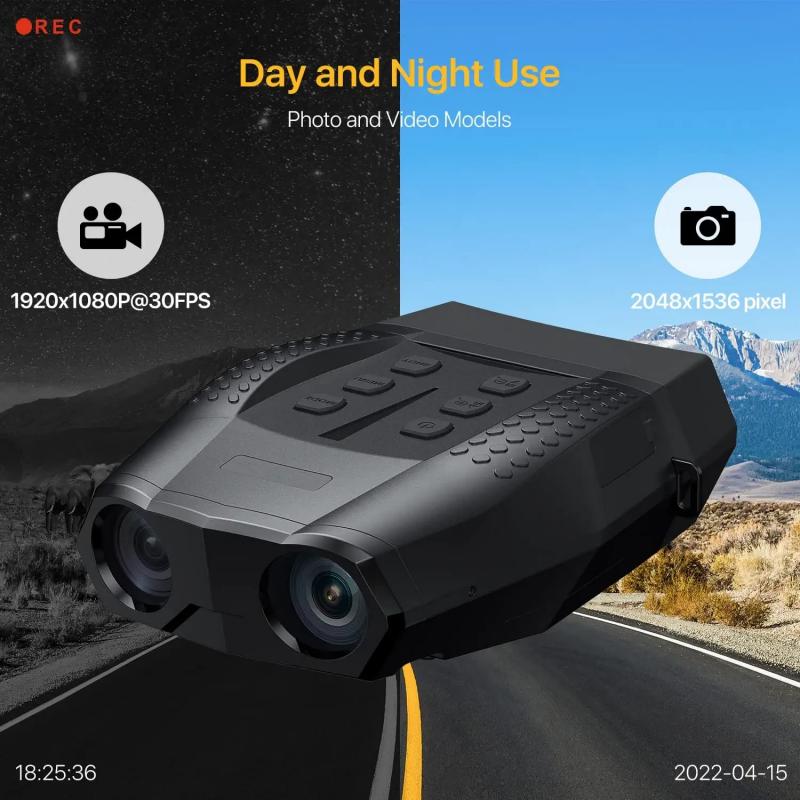
4、 Lens coating
When it comes to choosing the best binoculars for distance, lens coating is a crucial factor to consider. Lens coating refers to the thin layers of chemicals applied to the glass surfaces of binocular lenses to enhance their performance and image quality. These coatings serve multiple purposes, including reducing glare, improving light transmission, and increasing contrast.
The most common types of lens coatings found in binoculars are fully coated, multi-coated, and fully multi-coated. Fully coated lenses have a single layer of coating on all air-to-glass surfaces, while multi-coated lenses have multiple layers on at least one surface. Fully multi-coated lenses, on the other hand, have multiple layers on all air-to-glass surfaces. The more layers of coating, the better the light transmission and image quality.
In recent years, advancements in lens coating technology have led to the development of additional coatings such as anti-reflective coatings, phase correction coatings, and hydrophobic coatings. Anti-reflective coatings help reduce reflections and increase light transmission, resulting in brighter and clearer images. Phase correction coatings are particularly beneficial for long-distance viewing, as they correct phase shifts and improve image sharpness and contrast. Hydrophobic coatings repel water, oil, and dirt, making the lenses easier to clean and maintain.
When choosing binoculars for distance, it is recommended to opt for models with fully multi-coated lenses and additional coatings such as anti-reflective and phase correction coatings. These coatings ensure optimal light transmission, minimize glare, and provide sharp and high-contrast images, even at long distances.
It is important to note that lens coating is just one aspect to consider when selecting binoculars for distance. Other factors such as magnification, objective lens diameter, and overall build quality should also be taken into account to ensure the best performance and suitability for your specific needs.
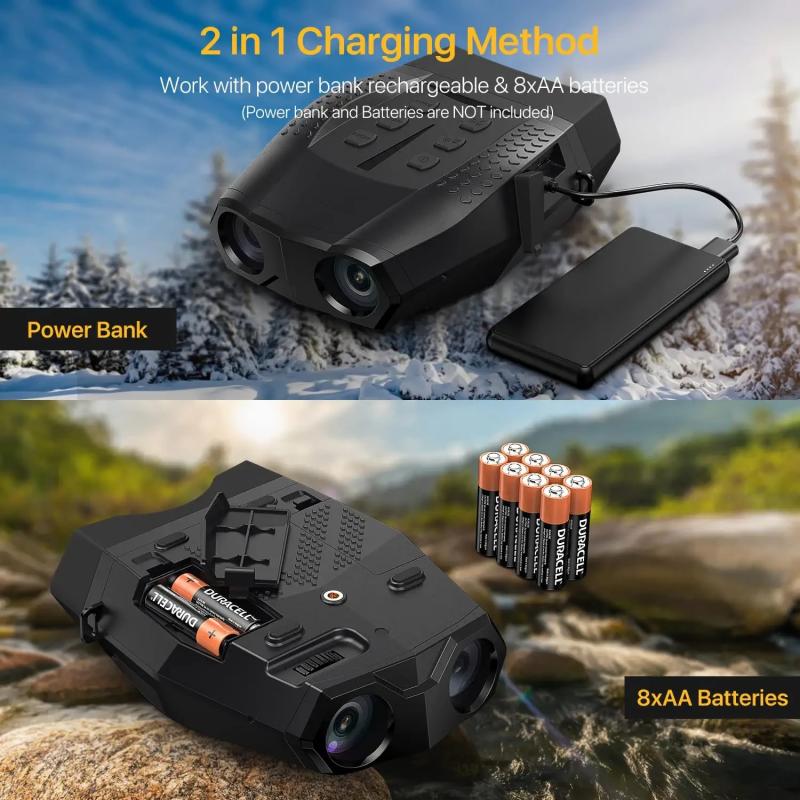

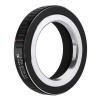









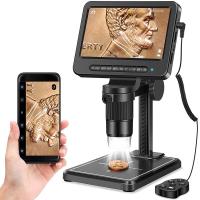


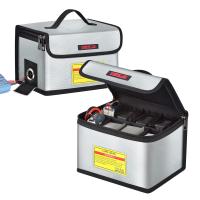
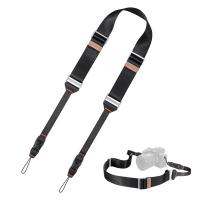


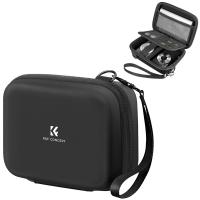
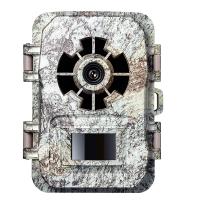
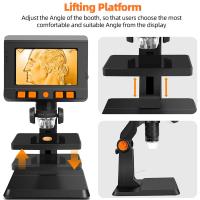
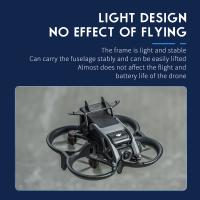

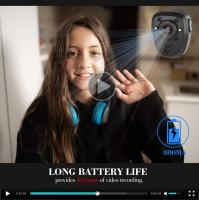
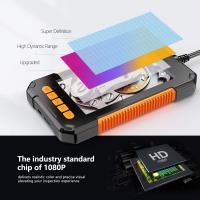
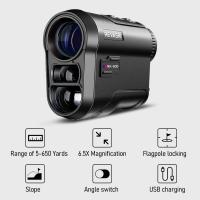
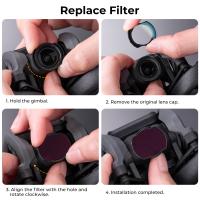
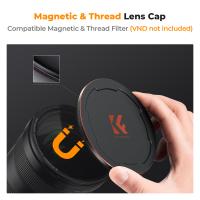
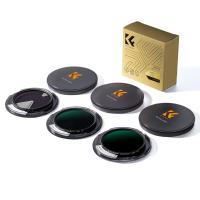
There are no comments for this blog.